Oyster or Oyster-Flavored Sauce: What’s the Real Deal
Oyster sauce brings rich umami depth to countless Asian dishes, elevating stir-fries with its distinct savory profile.
This thick, dark condiment derives from caramelized oyster extracts, creating an intense flavor that chefs worldwide prize.
Many home cooks often confuse it with oyster flavored sauce when shopping at grocery stores.
The difference might seem trivial at first glance, yet each product offers unique characteristics.
Traditional recipes call for specific versions depending on the desired outcome.
Both varieties enhance vegetables and meats with complex taste dimensions that simple salt cannot provide.
Most Asian cuisine enthusiasts recommend having at least one bottle in your pantry for authentic cooking results.
The following comparison will help you select the perfect sauce for your next culinary masterpiece.
Oyster Sauce: The Secret Flavor in Asian Cuisine
Oyster sauce is a thick, dark brown condiment popular in Chinese, Thai, Vietnamese, Malay, and Khmer cuisines. It’s known for its rich umami flavor with a subtle caramel sweetness and a mild seafood aroma.
Authentic oyster sauce is traditionally made by simmering oysters for hours until the liquid caramelizes into a thick sauce. This handmade process yields the best quality but is expensive.
Most commercial versions are oyster-flavored sauces made more affordably with additives.
The sauce’s origin dates back to 1888 when Lee Kum Sheung from Guangdong accidentally overcooked oysters, turning their broth into a flavorful, syrupy sauce.
He later founded Lee Kum Kee, a leading brand in oyster sauce production.
Oyster Flavored Sauce: What Is It?
Oyster flavored sauce came about as a budget-friendly alternative to authentic oyster sauce, with companies finding ways to reduce costs. Instead of whole oysters, manufacturers use oyster extracts or essences as the base.
These concentrated flavors get blended with a mixture of salt, sugar, and soy sauce to create the distinctive taste profile. For proper texture and appearance, the recipe includes cornstarch to thicken the sauce and caramel color to achieve that rich, dark look people expect.
All these ingredients work together to produce a final product that closely mimics genuine oyster sauce in taste, thickness, and color - but requires significantly less time and money to produce.
Oyster Sauce or Oyster Flavored Sauce: The Comparison
Of course, there are some key aspects to differentiate these sauces. Check the table for a quick review.
| Feature | Traditional Oyster Sauce | Oyster Flavored Sauce |
| Main Ingredient | Real oysters, simmered for hours | Soy sauce, sugar, water, starch, oyster extract or artificial flavorings |
| Price | More expensive due to real oysters and time-consuming process | More affordable, mass-produced |
| Shelf Life | Shorter, needs careful storage | Longer, up to 2 years after opening due to preservatives |
| Flavor | Fuller, richer, complex; can be overwhelming if overused | Mimics authentic flavor well but less complex; generally indistinguishable to most people |
Main Ingredients
Traditional oyster sauce is made by simmering real oysters for hours until their natural juices caramelize into a rich, thick sauce. This process captures the full oyster flavor, giving the sauce its authentic umami taste. Oyster flavored sauce, on the other hand, uses soy sauce, sugar, starch, and only a small amount of oyster extract or artificial flavorings. This makes it less reliant on real oysters and easier to produce.
Flavor
Traditional oyster sauce boasts a fuller, deeper, and more complex flavor profile with a natural sweetness and umami richness from the oysters. It can be quite intense, so it’s best used sparingly.
Oyster flavored sauce mimics this taste well, offering a milder, less complex flavor that many people find indistinguishable from the original.
Shelf Life
Oyster sauce contains fewer preservatives and natural ingredients, so it has a shorter shelf life and generally needs refrigeration after opening. Oyster flavored sauce, with added preservatives, lasts longer - sometimes up to two years unopened and well beyond once opened if stored properly.
Quality and Considerations
While both sauces add that signature savory depth to dishes, oyster flavored sauce quality varies among brands. Some use artificial oyster flavorings rather than natural extracts, which can affect taste and authenticity.
For the best experience, choose trusted brands and be mindful of ingredient lists to avoid overly synthetic flavors. Traditional oyster sauce remains the top choice for authentic recipes where rich oyster flavor is desired.
Premium Oyster Sauces
Popular oyster sauce brands fill store shelves, but five stand out from the pack for their exceptional flavor. These top choices deliver rich umami taste that makes Asian dishes pop with authenticity.
Lee Kum Kee Premium Oyster Sauce
Lee Kum Kee premium oyster sauce comes from the company started by the original creator of oyster sauce, which explains its exceptional quality. With 40% oyster extract, this sauce delivers deep flavors and a nice thick texture that clings perfectly to your food.
The price tag is higher than some alternatives, but the rich taste makes it worth considering for your kitchen. If your budget is tight, Lee Kum Kee also offers their Panda Brand version with about 11% oyster extract as a more affordable option that still carries good flavor for everyday cooking needs.
Maekrua Thai Oyster Sauce
Maekrua stands out among oyster sauce brands with its rich flavor profile that comes from using about 30% real oyster extract in each bottle. The deep, full-bodied taste makes it a favorite choice for home cooks who want authentic Asian flavors in their dishes.
It contains no MSG, making it a healthier option for family meals. This thick, glossy sauce adds wonderful umami depth to stir-fries, marinades, and dipping sauces without overpowering other ingredients.
Megachef Oyster Sauce
Megachef oyster sauce delivers a complex, smoky taste thanks to big, fresh oysters from the Gulf of Thailand. Unlike many brands, this premium sauce stays true to real ingredients without MSG, gluten, fake flavors, or extra preservatives.
Most home cooks and restaurant chefs choose it because the authentic oyster flavor really comes through in stir-fries, marinades, and dipping sauces. People who try it often say they can't go back to regular brands after experiencing how it adds depth to any dish without that chemical aftertaste.
Kimlan Vegetarian Mushroom Oyster Sauce
VegeCyber vegetarian mushroom oyster sauce gives you the perfect solution for vegans or people with oyster allergies.
This clever alternative uses mushroom extracts to create a sauce that matches real oyster sauce in both taste and thickness.
Wok Mei Oyster Sauce
Wok Mei oyster sauce offers good value for money with its nice balance of cost and quality. This tasty option proves that gluten-free oyster sauce doesn't have to break the bank.
The sauce has a deep, savory taste that works well in both traditional Chinese recipes and fusion dishes. People with celiac disease or gluten sensitivity can enjoy their favorite Asian meals again thanks to this affordable alternative.
Tasty Alternatives for Oyster Sauce
Running out of oyster sauce doesn't have to ruin your cooking plans. There are some substitutions that you can try to replace oyster sauce.
This table shows some ideal options with substitute ratio.
| Substitute | Ratio to Oyster Sauce | Notes |
| Soy Sauce | ½ cup soy sauce = 1 cup oyster sauce | Add a little sugar to balance saltiness |
| Worcestershire Sauce | 1:1 | Mix with soy sauce and sugar for best flavor |
| Hoisin Sauce | 1:1 | Mix with equal soy sauce to reduce sweetness |
| Kecap Manis | ½ | Use less due to sweetness |
| Mushroom Stir Fry Sauce | 1:1 | Direct substitute, great for vegetarians |
| Fish Sauce | A few drops per 1 cup oyster sauce | Very strong; use sparingly |
| Black Bean Paste | 1:1 | Add sugar and mushroom sauce if sweeter taste desired |
Soy Sauce
Soy sauce delivers that special umami kick we love about oyster sauce, making it a great substitute when needed. The main differences are its saltier taste and thinner consistency compared to the thick shellfish sauce.
One big advantage is how long soy sauce lasts - keeping it in your refrigerator after each use helps maintain its original flavor for months. The flavor profile isn't an exact match, but adding a small amount of sugar helps bridge the gap by introducing sweetness and reducing some of the saltiness.
Just remember when swapping these ingredients in recipes, only use half the amount of soy sauce as the recipe calls for oyster sauce to avoid overwhelming your dish with salt.
Worcestershire Sauce
Worcestershire sauce is dark, thick, and rich in umami with a sweet and sour kick, making it somewhat similar to oyster sauce. It’s less salty, so mix in some soy sauce and a pinch of sugar to boost its saltiness. You can substitute it for oyster sauce at a 1:1 ratio. Plus, it has a very long shelf life.
Hoisin Sauce
Hoisin sauce is sweet and salty, making it a decent oyster sauce replacement. It’s sweeter and thicker, but you can mix equal parts hoisin and soy sauce to balance the sweetness and add saltiness. Use this blend in equal amounts to oyster sauce in your dishes.
Kecap Manis (Sweet Soy Sauce)
Kecap manis is an Indonesian sweet soy sauce with a thick, syrupy texture and lots of palm sugar. Start by using half the amount of kecap manis as oyster sauce. If you like it sweeter, add a bit more, but be careful not to overpower your dish with too much sweetness.
Mushroom Stir Fry Sauce
Mushroom stir fry sauce is a great vegetarian alternative because it’s made from mushrooms or mushroom extracts, with added flavor enhancers and cornstarch that mimic oyster sauce texture and taste. Use it as a direct 1:1 substitute for oyster sauce.
Fish Sauce
Fish sauce is much stronger and smellier than oyster sauce, with a thin, amber-colored liquid. Because it’s very pungent, only a few drops are needed to replace oyster sauce in stir-fries or deep-fried dishes.
Black Bean Paste
Black bean paste is a thick, dark paste with a rich, savory flavor and mild smell, perfect for replacing oyster sauce. If you want it sweeter, add some sugar and a bit of mushroom stir fry sauce. Use it in equal amounts as oyster sauce in recipes.
Got Questions? We’ve Got Solutions
1. Is oyster sauce made from real oysters?
Yes, traditional oyster sauce is made by simmering oysters in water until the liquid caramelizes into a thick, brown sauce with a rich umami flavor.
2. Can vegetarians eat oyster flavored sauce?
Yes, oyster flavored sauce is typically vegetarian as it uses mushroom extracts and other plant-based ingredients to mimic the umami flavor of real oyster sauce.
3. Do they have the same shelf life?
Both sauces typically last 12-18 months unopened. After opening, real oyster sauce usually stays good for 3-6 months refrigerated, while oyster flavored sauce might last slightly longer.
4. Can I substitute one for the other in recipes?
Yes, you can substitute them interchangeably in most recipes, though real oyster sauce has a slightly more complex flavor profile that some dishes might benefit from.

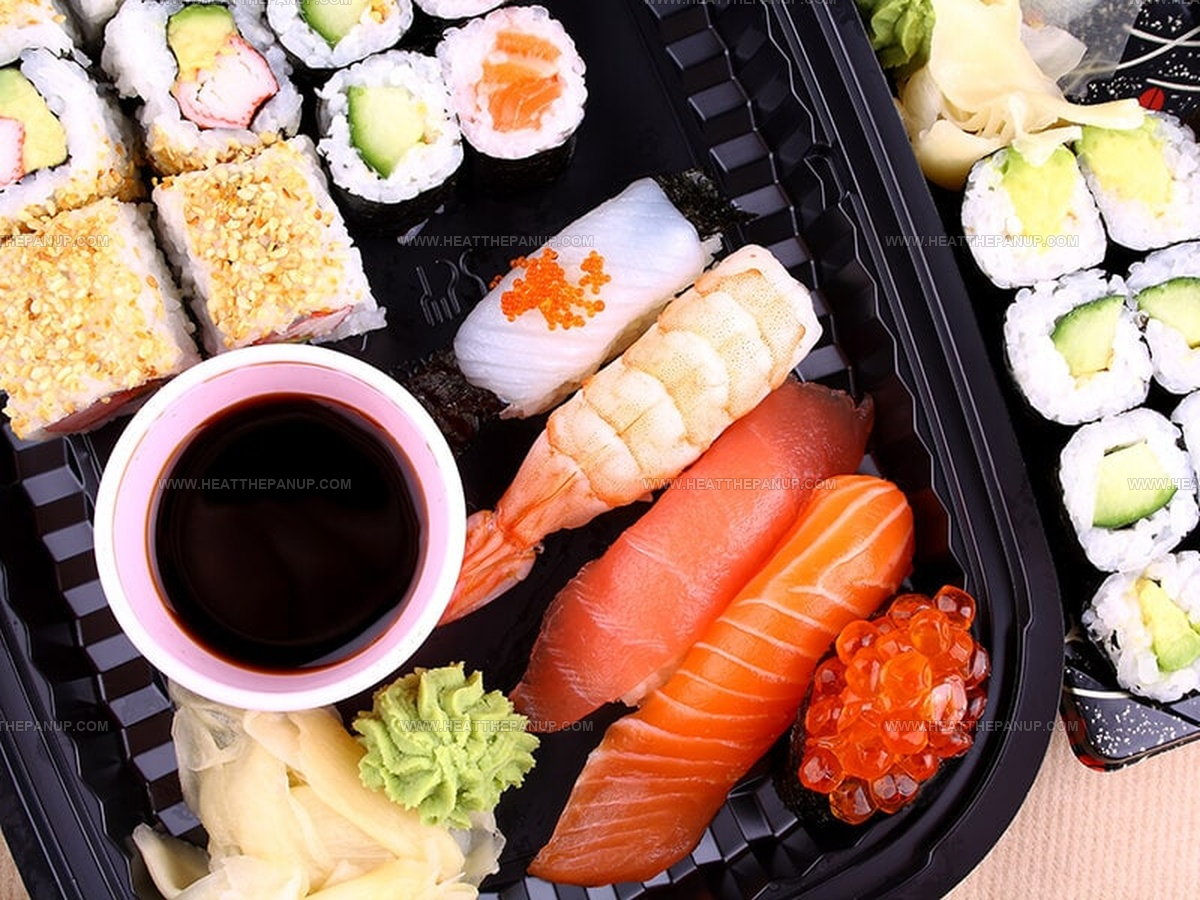
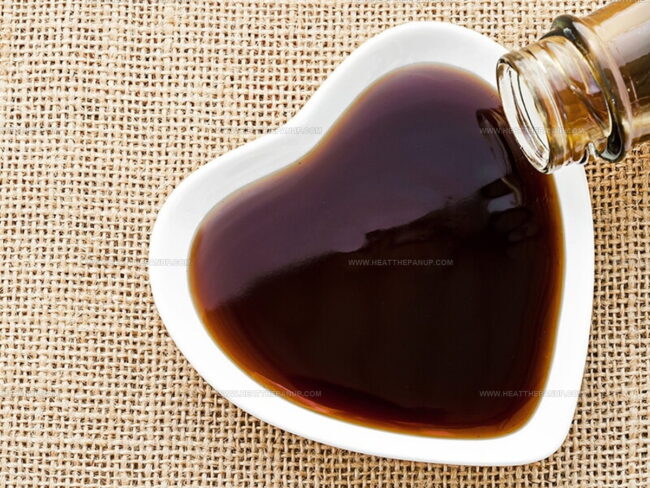
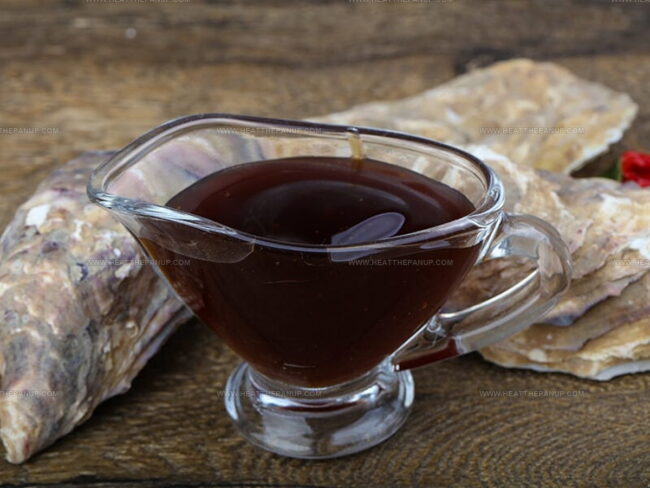
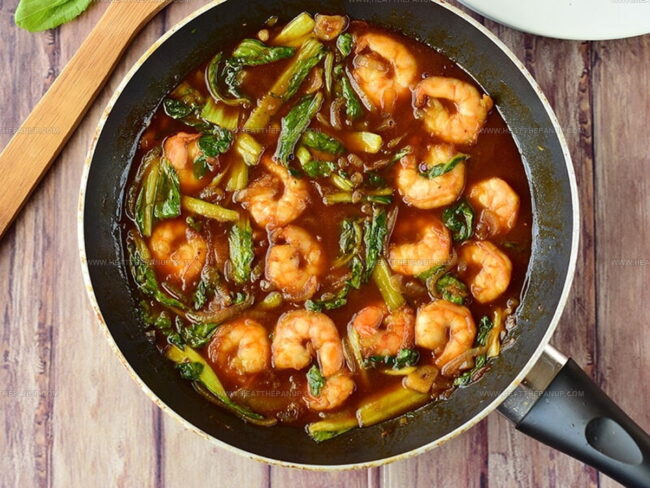
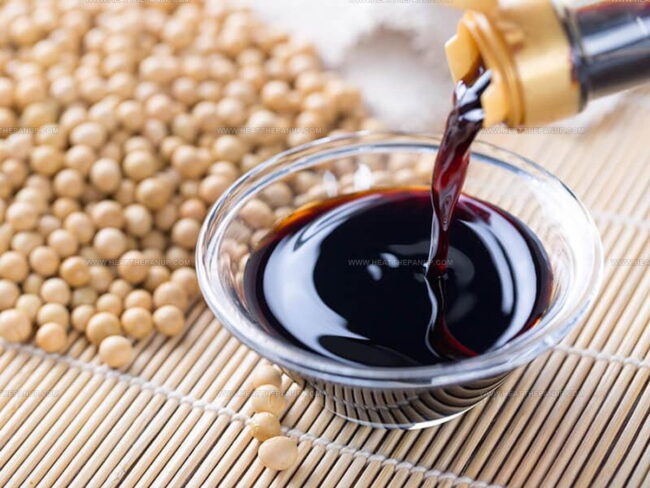
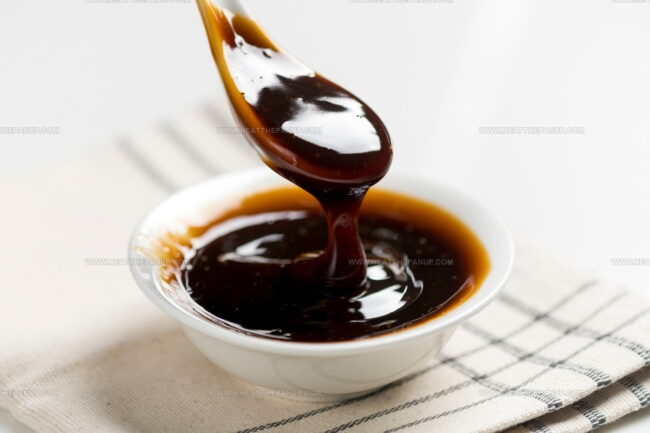
James Hambly
Founder & Recipe Creator
Expertise
Recipe Development, Culinary Education, Farm-to-Table Cooking, Southern Cuisine
Education
Asheville-Buncombe Technical Community College
Certificate in Culinary Arts
Focus: Hands-on training in professional cooking techniques, emphasizing farm-to-table practices and Southern cuisine.
The Chef’s Academy
Associate Degree in Culinary Arts
Focus: Comprehensive culinary education covering global cuisines, kitchen management, and food safety.
James grew up surrounded by the smells of cast-iron skillets and slow-cooked Southern meals in Asheville, North Carolina.
He sharpened his skills with a Certificate in Culinary Arts from Asheville-Buncombe Technical Community College, and later leveled up with an Associate Degree from The Chef’s Academy.
James’s philosophy is simple: the best meals don’t need fancy tricks, just fresh ingredients, a hot pan, and a little bit of heart. His favorite days are spent testing one-pan wonders, chasing bold flavors, and creating recipes that feel easy, even on a busy night.